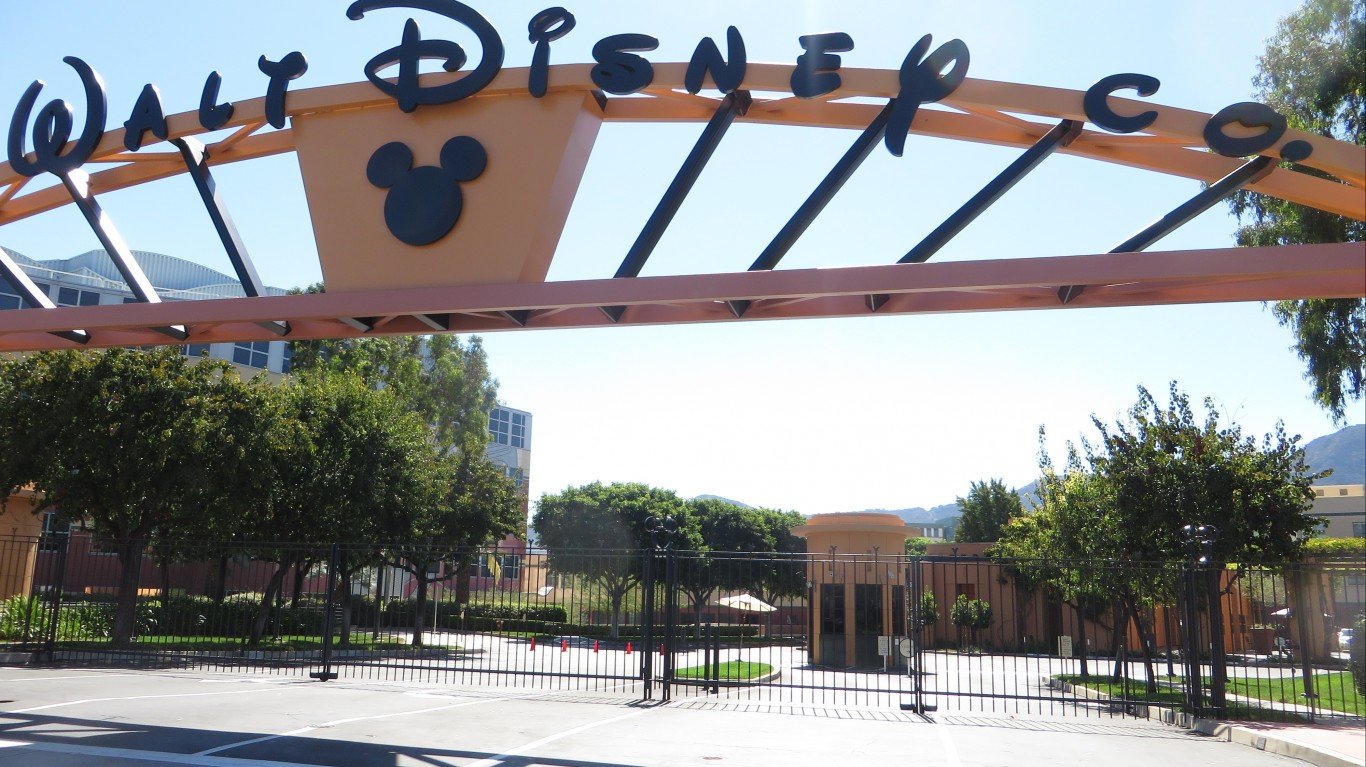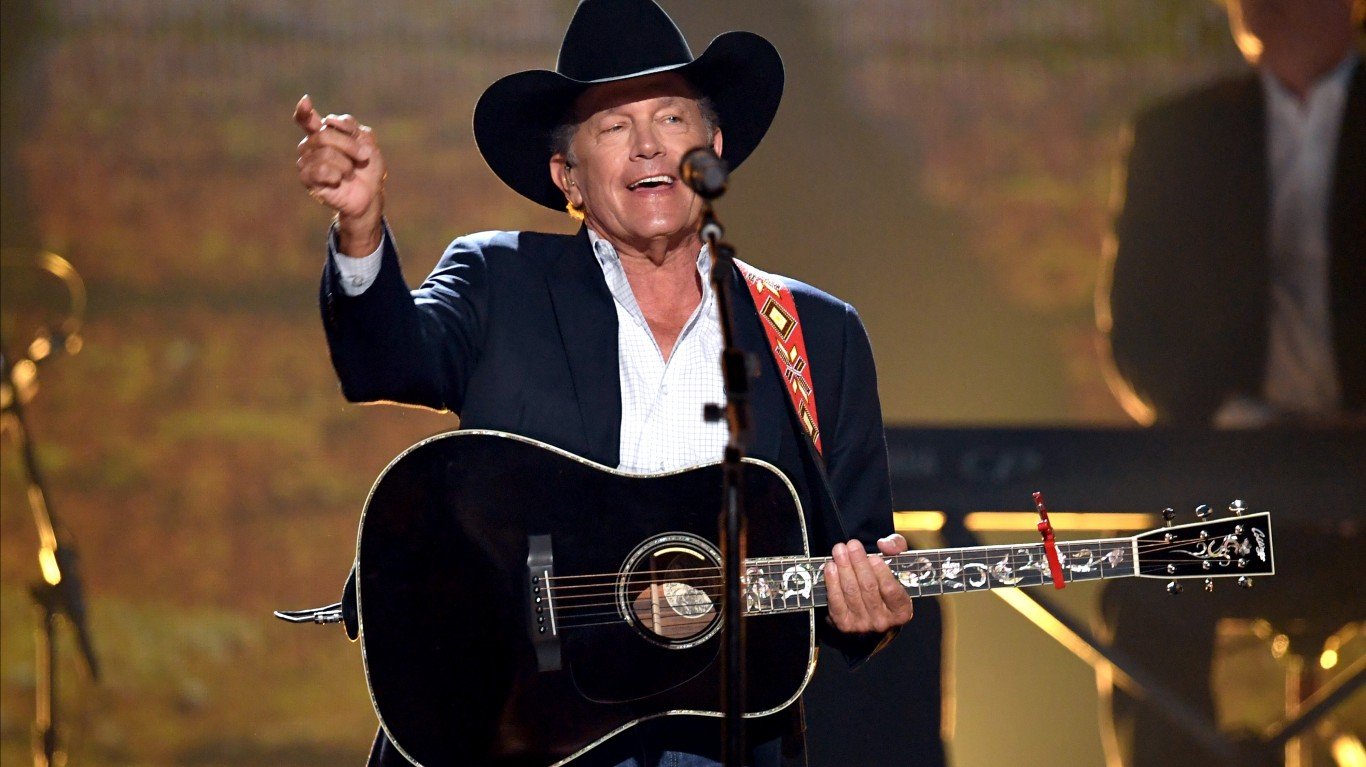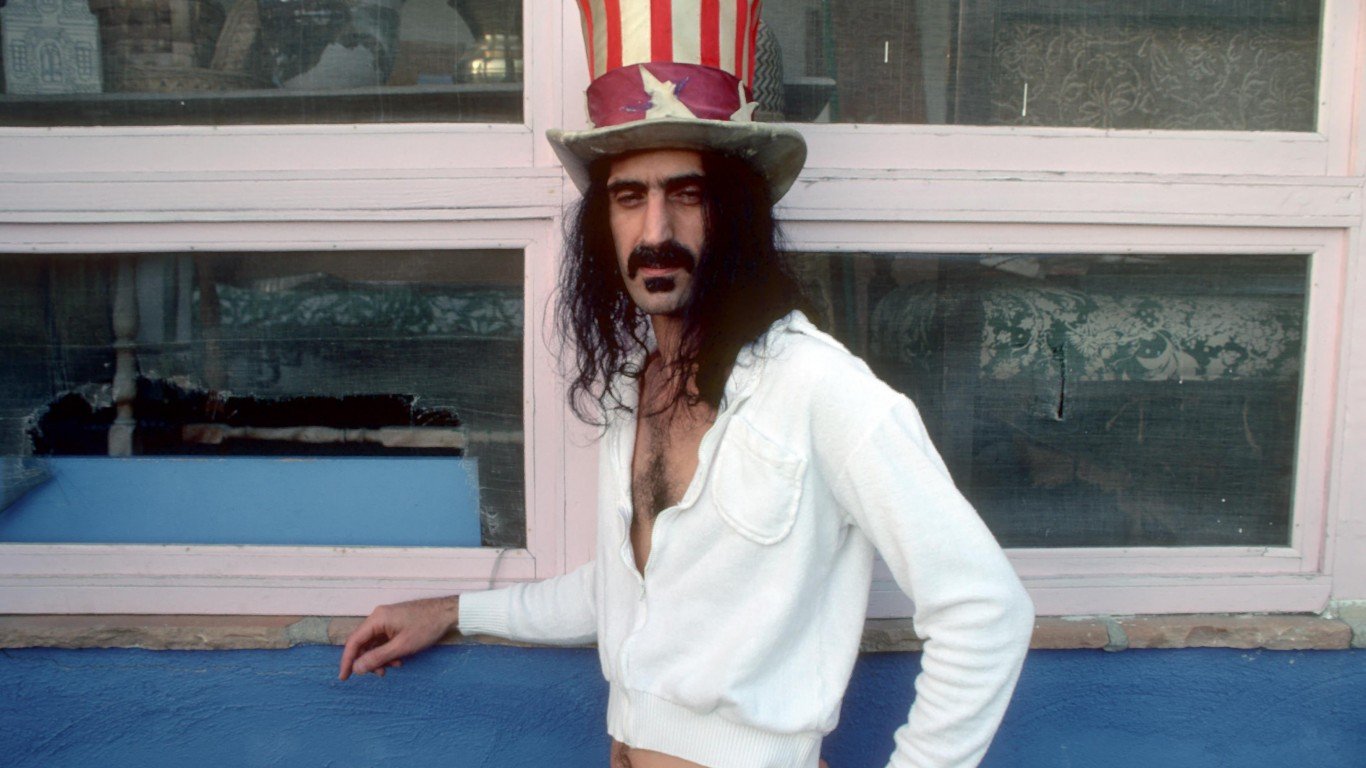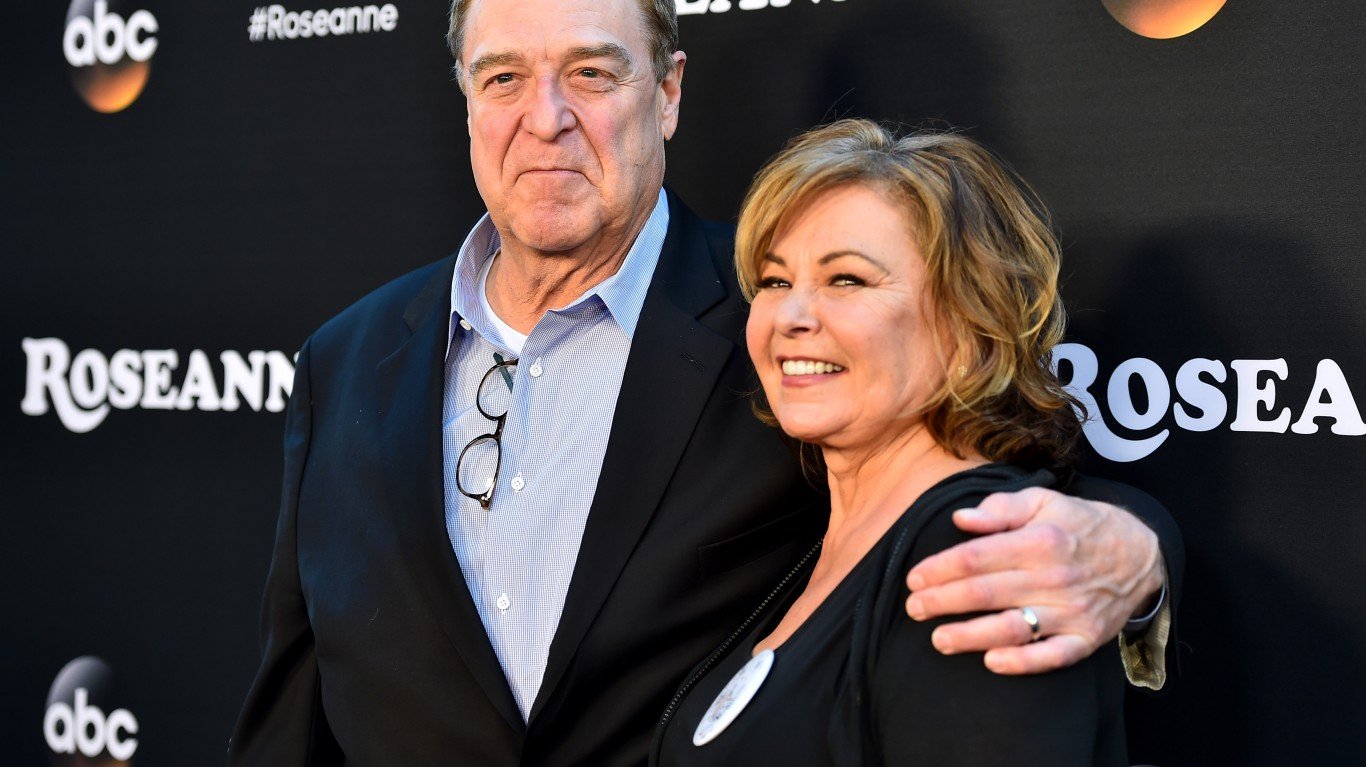

In a small sign of a return to normalcy, The Walt Disney Co. (NYSE: DIS) this week announced plans for the reopening of its domestic theme parks. But investors didn’t immediately cheer.
Disney shares closed at $116.75 on Thursday, down nearly 4%. The S&P 500 closed down 0.21%.
An analyst downgrading of the stock Thursday was probably a factor. Imperial Capital’s David Miller said Disney has “risen too far too fast,” coming out of the pandemic downturn. After taking a big hit earlier this year, the stock has climbed in the past month.
Disney stock started to really rebound in mid-May, when it reopened Disney Springs, a popular shopping center outside of its Orlando theme parks, Miller noted. The stock is up 10% in the last month.
But Miller said these partial reopenings aren’t enough to account for the stock’s rise. He cut his price target from $107 to $105, and his rating from In-Line to Underperform. The average 12-month stock price target for Disney is $126.70. There are 13 Buy ratings, 11 Hold and one Sell.
“Disney now looks like a name that should be ‘traded,’ rather than ‘owned,’ at least for now,” Miller wrote. Disney is sitting in the middle of its 52-week range, $79.07 to $153.41.
The Reopening Plan
Following the reopening of Shanghai Disneyland in China earlier this month, Disney will reopen partially in Florida, where theme parks closed March 15. The Magic Kingdom and Animal Kingdom plan to open again on July 11. Separately, Disney’s Hollywood Studios and Epcot will resume business on July 15.
While good news, these reopenings are not exactly business as usual. To prevent the spread of COVID-19, Disney is taking a number of precautions that will eat into profits.
Following practices first employed in Shanghai, Disney’s Florida locations will limit the number of visitors, require face masks at all times, and take visitors’ temperatures. The parks have added hand-sanitizing and hand-washing stations. They will encourage contactless payments at stores and restaurants.
Some rides will leave empty seats between riders. And Disney has committed to enhanced cleaning and sanitizing of all facilities.
Disney didn’t disclose how much it was cutting visitor capacity at its Florida parks. The Shanghai park is temporarily limiting the number of visitors to 24,000 a day, which is about a third of the capacity before the COVID-19 shutdown. That figure was mandated by the government.
It will be interesting to see how the mask requirement is enforced. The wearing of masks has become a cultural flashpoint in America, with some claiming the right to “not wear a mask” even though health officials say it can prevent the transmission of COVID-19. The CDC recommends that all Americans wear masks in public settings where social distancing is difficult to maintain. Florida does not require citizens to wear masks in public.
But Disney said mask wearing is non-negotiable. It’s a private enterprise that sets its own rules. If you don’t want to wear a mask, then don’t buy a ticket.
To enforce masks and social-distancing (6 feet apart from anyone not in your immediate family), Disney teams will be roaming the parks to remind guests of the rules — in a friendly manner, no doubt. Still, expect some viral videos and social-media outrage over the new rules.
Some popular features of Disney theme park visits won’t be available. Meet and greets with popular characters like Mickey Mouse and Donald Duck won’t be offered. Parades and fireworks, which can draw crowds together in tight spots, are cancelled.
Disney will likely use its experiences in Shanghai and Florida to guide when it reopens in other locations. No reopening date has been set for theme parks in California, France, Japan or Hong Kong.
“We’re going slow because we want to make constant progress and not have to backtrack,” Disney CEO Bob Chapek told The New York Times this week. “The risk is going too far, too fast.”
Disney+
While the theme park business has been suffering, streaming media has blossomed in the stay-at-home environment. In the company’s fiscal second-quarter earnings call earlier this month, CEO Bob Chapek said the relatively new Disney+ streaming service “has exceeded even our highest expectations.”
In late March, Disney+ rolled out in Western Europe, followed by India. Next up is Japan in June, followed by additional European countries and Latin America by the end of the year.
By April, the service had passed 50 million subscribers. In comparison, Netflix Inc. (NASDAQ: NFLX) has 180 million subscribers globally. Amazon.com’s (NASDAQ: AMZN) Prime, which includes a large video library, is estimated to have 100 million subscribers.
Disney+ is priced at $6.99 a month, which is well below Netflix and Amazon. A bundle that includes Disney+, Hulu and ESPN is available for $12.99 per month.
Disney has built up a vault of TV shows and feature films over the decades, including those acquired via mergers and acquisitions. This includes films from Pixar, Marvel and Star Wars, as well as content from National Geographic and ESPN.
A new competitor arrived on the scene this week: HBO Max from AT&T (NYSE: T). This premium streaming service will be free for AT&T’s cable TV subscribers if they already subscribe to HBO. Subscribers to some other services also will get the new service for free. Otherwise, HBO Max will cost $14.99 a month.
Competition among the streaming services is a little hard to grasp since many consumers will subscribe to more than one service. But there is presumably a saturation point where consumers likely will refrain from signing up for another paid product.
Sponsored: Find a Qualified Financial Advisor
Finding a qualified financial advisor doesn’t have to be hard. SmartAsset’s free tool matches you with up to 3 fiduciary financial advisors in your area in 5 minutes. Each advisor has been vetted by SmartAsset and is held to a fiduciary standard to act in your best interests. If you’re ready to be matched with local advisors that can help you achieve your financial goals, get started now.
Thank you for reading! Have some feedback for us?
Contact the 24/7 Wall St. editorial team.



